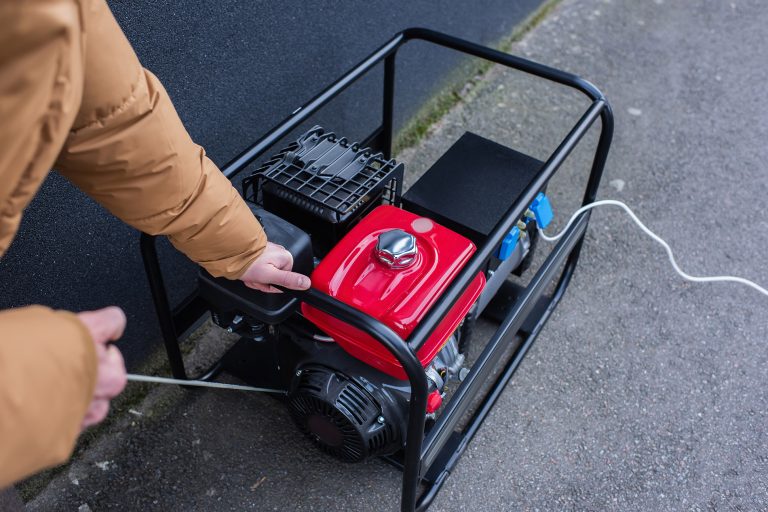A sump pump is a pump usually located in the basement of a house to drain water to prevent entering into the home and instead relocate it to other more safe places. Sump pumps (SPs) work on electricity, but in case of electric outages, installing sump pump generators is one of the surest ways to prevent a flooded mess in the basement.
Sales of sump pump generators (SPGs) have increased rapidly in recent times due to the various benefits it provides. If you are wondering what a sump pump generator is, it is an effective way to assist in securing your basement against water logging, even during electric outages. Here is a practical guide to help you understand more about it.
About SPGs
A sump pump is considered one of the most reliable methods to keep your basement water-logged-free, especially during the hurricane season. Choosing the right generator for an SP might seem an arduous task, but there are certain factors that you can follow to select the correct sump pump generator for your household.
It is essential to choose a sump pump generator that caters best to the power demands of the SPs and is worth the money in terms of efficiency and features. The general thumb rule suggests purchasing a large generator if your sump pump uses a high horsepower.
Usually, it is recommended to use 2000- 3500 watt generators for SPs. This will not only help sustain the SPs during electric outages but as well as can support powering other required appliances. The generators are fueled by gasoline or propane.
How To Choose The Right SPG
Various factors can be used to choose the best SPG available. The power usage of the SP is one of the main criteria for deciding on the generator. Once the power is determined, other factors to be included in the process are fuel supply, mobility, and volume.
You can decide the fuel source for your machine, and it is usually recommended to choose a portable generator as it will provide the facilities of a wheel kit to ease transportation convenience. You can also select options that operate on lower RPMs or include facilities like Quiet Test technology to lessen noise levels usually associated with the generators.
You should also check whether your SPs are hardwired into the breaker box or can be plugged into a wall. If the sump pump is hardwired, then hooking the generator to the back or switch is usually recommended; however, doing this requires electrician proficiency and is not recommended to be tried by a novice.
If your SPs can be plugged in, you have to take care of cord diameter to ensure minimum voltage drop.
Installing SPG
While acquiring professional help is usually recommended to install the SPG, in cases of dire situations, here is an easy tutorial to ease the installation process
- Ensure the machine does not get rusty and you have a fresh supply of fuel (propane or diesel) present. The generator should be oiled, and a starter battery should be kept charged if required.
- Set the machine fifteen meters away from the window so that it does not get damaged by rain (especially if setting in cases when a power outage is caused due to heavy rains), but the exhaust can be quickly dissipated.
- Add fuel to the machine.
- Switch on the machine and connect it to the SP. Ensure the sump pump is working and draining the water away from the building.
Bottom Line
Having a generator for the sump pump becomes crucial in places frequented by power outages caused due to natural conditions like hurricane rains. Protecting the SPG is also essential to ensure the machine’s efficiency is maintained for several years.
Make sure to cover the generator adequately when not in use. You can also stock up on filters and fuels. Monitoring the wattage capacity of the generator is essential as well.

